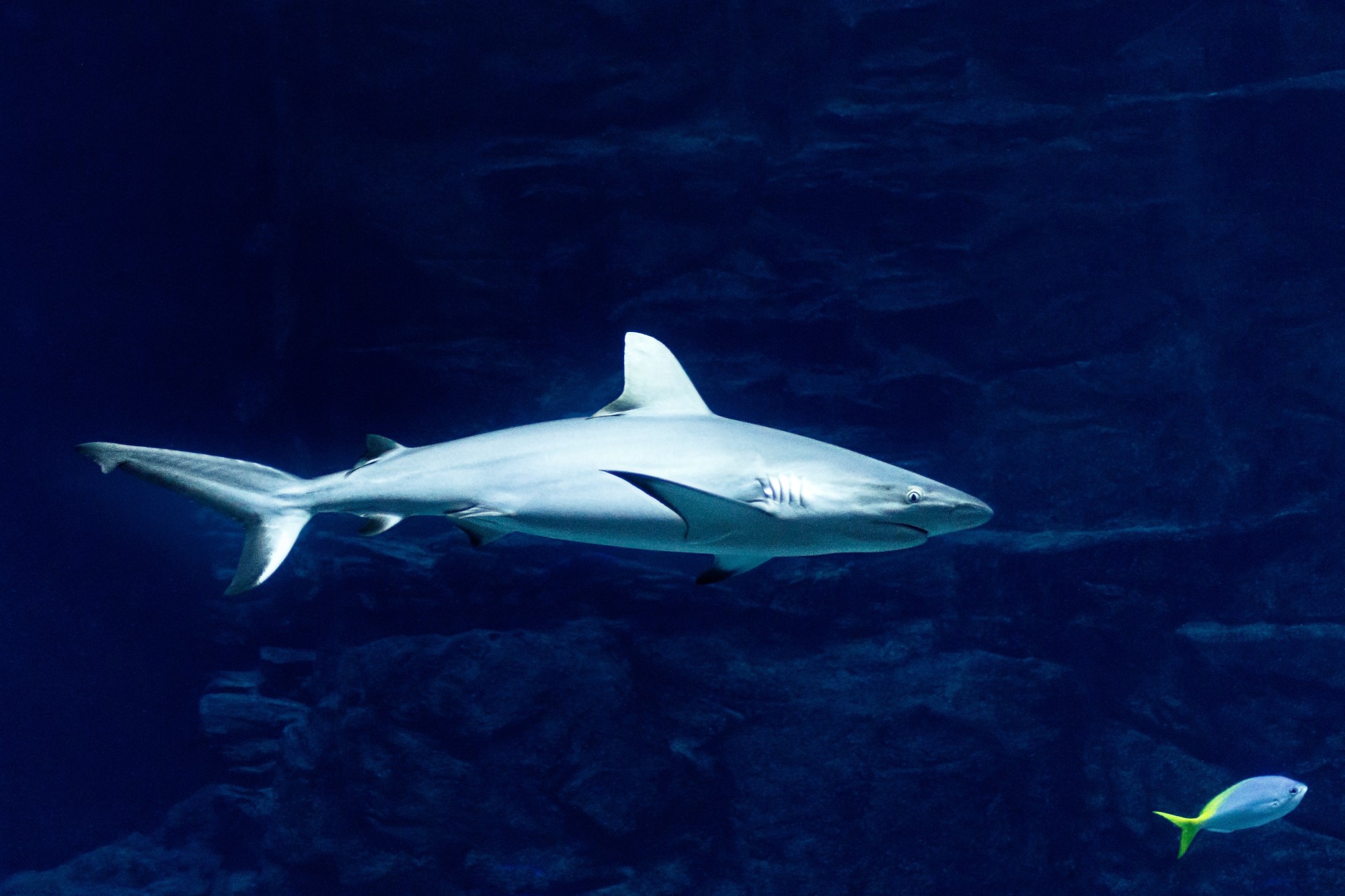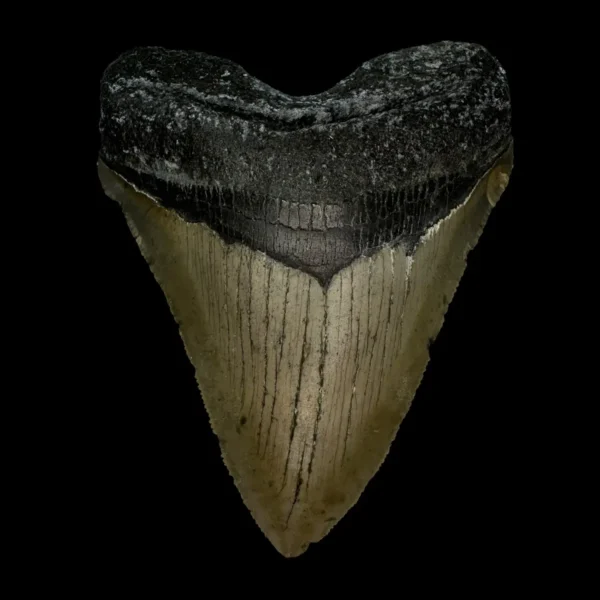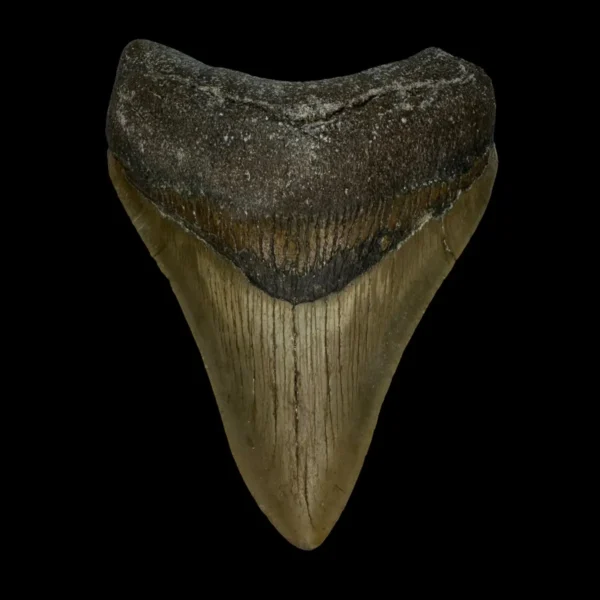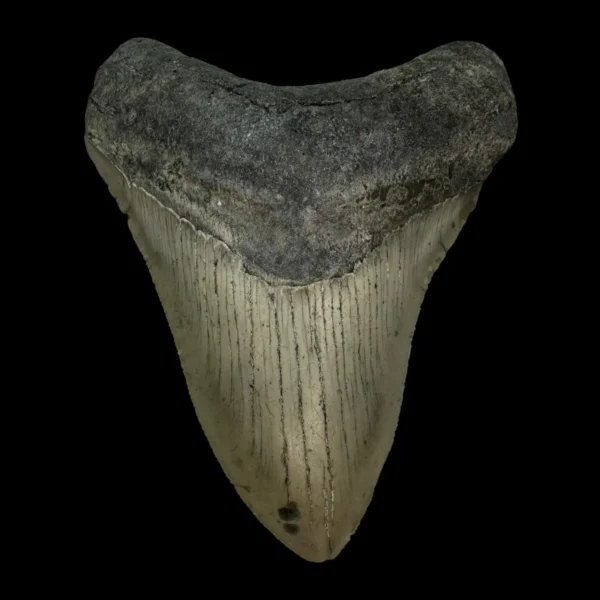Did you know that the megalodons’ jaws were home to 276 teeth?
Not only were their jaws filled with almost 300 massive teeth at a time—but the Megalodon tooth, like those of other shark species, was regularly replaced throughout their lives.
The teeth the megs left behind aren’t just incredible in their size, but they are one of the few pieces of fossil history we have of these legends of the deep. Because their skeletons were made of cartilage, fossilized meg teeth are an important clue to the past.
Have you found what you think is a megalodon tooth while diving? Or maybe you’re trying to identify a real megalodon tooth for sale?
Either way, it’s important to know what to look for.
Read on to discover a few ways you can identify a real megalodon tooth.
If It’s Big, It’s Probably a Megalodon Tooth
One of the ways to know you have found a real megalodon tooth is if it’s substantially bigger than a large shark tooth.
Megalodon tooth fossils tend to range between 3 and 5 inches in length, with the largest found being over 7 inches long. This is far bigger than even great white shark teeth which only reach up to 3 inches.
If you stumble on a specimen that seems like a super big shark tooth, there’s a very good chance it’s a meg tooth.
Curious to see some monster meg teeth? Take a look at these over 6-inch specimens.
Look For Symmetry and Serrations
Besides being bigger, megalodon teeth can look very much like great white shark teeth. Like a great white shark tooth, a megalodon tooth is also triangular, symmetrical, and serrated.
But, megalodon teeth do differ from great white teeth in the type of serrations they have. While great white teeth have courser serrations, the serrations on megalodon teeth are very fine.
Another way you can tell the difference between great white shark teeth and megalodon teeth is by thickness. While great white shark teeth are thin, with a thin root, meg teeth are thick and have a robust root.
Check for the Black Line
Unlike any other shark tooth you’ll find, megalodon teeth also have what’s known as a “bourlette”, which is a dark chevron-shaped area bordering the tooth’s root.
This stripe is usually very noticeable and hard to miss on most megalodon teeth. Because of this, it is one of the most distinguishing features of meg teeth.
Colors Can Vary
Another thing to keep in mind if you’re diving for megalodon teeth, or are wondering if you’ve found a real megalodon tooth, is that colors can vary widely.
Depending on conditions, fossilized meg teeth can be all kinds of colors, ranging from nearly black, grey, mottled, beige, almost salmon-colored, to nearly white.
This variety in colors is caused by the locations and conditions the tooth was in during fossilization. Megalodon teeth can absorb minerals from the seabed, which can change their color. Exposure to sunlight can also lighten them.
Certain regions are known for producing specific colors of megalodon teeth fossils. For instance, most megalodon teeth found off the shores of the Southeast US are either black or grey.
Very unusual colorations tend to be sought after and can command a high price.
Are You Looking For Your Own Megalodon Tooth?
Have you found a real megalodon tooth? Or maybe you are still on the hunt, and in the meantime are looking for a megalodon tooth for sale?
Whether you want to acquire your first meg tooth, or simply want to grow your collection, you’re in the perfect place.
Here at the Fossil Exchange, we have a range of megalodon tooth specimens for sale, recovered by our divers here on the North Carolina coast.
Browse our online shop today.





